This is Part 3 in a series reviewing the 2022 Colorado General Election
The State Legislature has a bigger impact over your life than the Federal Government.
And yet, the State Legislature does not receive as much attention as the US Congress or US Senate.
Unlike the Federal Government, Colorado citizens can have a powerful impact over the State Legislature.
The involvement of Liberty-minded individuals will be what makes Colorado a Free State.
Unfortunately, Colorado Democrats gained five seats in the House during the 2022 elections.
The current balance of power is 46 Democrats to 19 Republicans.
Although this is a tremendous disparity in the balance of power, I believe the Republicans have opportunity to gain seats.
Democrats have held control of the House since 2005, except for 2011 and 2012 when Republicans held a majority for those two years.
88,826 Colorado residents are represented by each State Representative according to Ballotpedia.
With the changes in Colorado’s population, and the changes to the political districts after the 2020 census, change is a real prospect.
All of Colorado’s 65 House seats are up every two years, so the time to plan for the next election is now.
I’m going to review the 12 House seats that were won with under 3,000 votes in the 2022 election.
Let’s take a look at the closest races of the 2022 election listed in numerical order.
House District 16
Democrat Stephanie Vigil 49.754% – 16,243 votes
Republican Dave Donelson 47.58% – 15,533 votes
Libertarian John Hjersman 2.66% – 870 votes
The margin of victory was only 710 votes.
Hjersman is considered a spoiler, but it is not clear that all of Hjersman’s voters would have voted for Donelson.
Under the pre-2022 map, District 16 was a Republican stronghold, with Andy Pico winning with 54.5% of the vote (5,772 vote differential) in 2020, and Larry Liston winning with 59.3% (7,693 vote differential) in 2018.
District 16 is in El Paso county.
In 2020, El Paso handily went for Trump with 202,828 votes to Biden’s 161,941. This was a 40,887 differential.
In 2016, El Paso went for Trump with 179,228 votes to Clinton’s 108,010. A massive 71,218 vote differential.
Spending
Note: These numbers are not exhaustive, this information is just what I found in a quick search. Source was TRACER.
Vigil’s campaign spent $78,919 in her winning bid.
Donelson’s campaign spent $47,592.
Hjersman’s campaign reported spending $166.
Vigil was supported by Blueflower Action ($1,220,016 spent among all candidates – Vigil’s name is listed in at least $30,000 worth of spending ($10,000 for Digital & $10,085, and $10,358 for Mail).
Donelson was supported by Unite for Colorado Action IEC ($4.1 million spent total among all candidates – Donelson’s name name was listed in at least $770,000 of spending (looks like this amount was spread over 19 candidates)).
Results Map from the Secretary of State:
District 16 Map from the Colorado Legislative Website:
Final Thoughts: El Paso County must become a Republican stronghold if political power is to be balanced in Colorado. Liberty-minded individuals should be pushing policies that will encourage Democratic voters to leave the county. Liberty culture is ripe for growth in Colorado Springs, and should be fostered. Guns, Religion, Family, Military, Tradition, these are all important values to many people in Colorado Springs and Republicans should embrace these values in their candidates and messaging.
District 17
Democrat Regina English 57.28% – 10,313 votes
Republican Rachel Inez Stovall 42.72% – 7,693 votes
The margin of victory was only 2,620 votes.
Under the pre-2022 map, District 17 was a stronger Democratic district with Tony Exum winning with 56.8% (5,382 vote differential) in 2020, and with 58.8% (3,292 vote differential) in 2018.
District 17 is in El Paso County.
As mentioned previously, El Paso County went for Trump in both 2016 and 2020.
Spending
Note: These numbers are not exhaustive, these are some of the biggest spenders. Source was TRACER. I’m not going to repeat dollars spent or links from previously mentioned groups.
English’s campaign spent $65,106 in her winning bid.
Stovall’s campaign spent $55,297.
English was supported by Better Colorado Alliance ($4.6 million spent total among all candidates – English’s name was listed in at least $180,000 worth of spending), Coloradans Creating Opportunities ($2.1 million spent among all candidates – English’s name was listed in at least $47,712 worth of spending), Progressive Voters Guide Ballot IEC ($9,450 spent total among all candidates – English’s name was listed in at least $6,846 worth of spending), and New Americans Victory Fund ($2,190 spent total among all candidates – English’s name was listed in $2,633 worth of spending (includes non-monetary donations)).
Stovall was supported by Unite for Colorado Action IEC (Stovall’s name listed in at least $773,474 of spending).
Results Map from the Secretary of State:
District 17 Map from the Colorado Legislative Website:
Final Thoughts: I would repeat everything I said on District 16. El Paso County must be made into a Republican stronghold. English had massive support from outside groups, and if Stovall had similar support, this race would have been a lot closer.
District 19
Democrat Jennifer Lea Parenti 50.34% – 21,917 votes
Republican Dan Woog 46.97% – 20,450 votes
Libertarian Joe Johnson 2.68% – 1,168 votes
The margin of victory was only 1,467 votes
Under the pre-2022 map, District 19 was east of Colorado Springs, and can’t be compared to the new district in terms of vote history.
District 19 is in both Boulder and Weld counties.
Woog won in Weld with 53.14% of the vote (2,669 vote differential).
Parenti won in Boulder with 63.1% of the vote (4,136 vote differential).
Spending
Note: These numbers are not exhaustive, these are some of the biggest spenders. Source was TRACER. I’m not going to repeat dollars spent or links from previously mentioned groups.
Parenti’s campaign spent $70,120 in her winning bid.
Woog’s campaign spent $60,946.
Parenti was supported by Boulder County Democratic Party ($145,181 spent among all candidates – Parenti’s name is listed in at least $17,434 of spending), and Progressive Voters Guide Ballot IEC (Parent’s name listed in at least $9,400 worth of spending).
Woog was supported by Ready Colorado Action Fund ($1,897,011 spent among all candidates – Woog’s name listed in at least $40,000 worth of spending), and Restore Colorado Leadership Fund IEC (Over $1 million spent among all candidates – Woog’s name listed in at least $18,188 worth of spending (including in-kind spending)).
Results Map from the Secretary of State:
District 19 Map from the Colorado Legislative Website:
Final Thoughts: This is a tough district with Longmont and Lafayette. The I-25 corridor of this district is Weld County, and these votes must be maximized. Republicans must give the working class voters real reasons why they should earn their vote. The cost of living, and quality of life must be major talking points. Many of those who live here are commuters and work in the Denver Metro Area.
District 25
Democrat Tammy Story 49.67% – 25,678 votes
Republican Colin Larson 48.28% – 24,959 votes
Libertarian Todd Dennison 2.05% – 1,060 votes
The margin of victory was only 719 votes.
Dennison is considered a spoiler, yet it is unclear if all his votes would have gone to Larson.
Under the pre-2022 map, District 25 was a larger portion of Jefferson County, and less competitive, with Democrat Lisa Cutter winning with only 3,226 votes in 2020, and Cutter winning with only 2,701 votes in 2018.
District 25 is the southern portion of Jefferson County.
In 2020, Jefferson County went for Joe Biden with a massive 69,979 vote differential.
In 2016, Jefferson County went for Clinton with a 22,599 vote differential.
Spending
Note: These numbers are not exhaustive, these are some of the biggest spenders. Source was TRACER. I’m not going to repeat dollars spent or links from previously mentioned groups.
Story’s campaign spent $174,405 in her winning bid.
Larson’s campaign spent $78,294.
Dennison’s campaign reported spending $0.
Story was supported by New Era Colorado Action Fund (under $600 reported), and Conservation Colorado Education Fund (under $2,000 reported).
Larson was supported by Restore Colorado Leadership Fund IEC (Larson’s name is listed in at least $8,882 worth of spending), and Ready Colorado Action Fund (Larson’s name is listed in at least $16,191 worth of spending).
Results Map from the Secretary of State:
District 25 Map from the Colorado Legislative Website:
Final Thoughts: This was a vary slim win for the Democrats. If Larson would have worked harder, spent more, and garnered more support, he could have won. This district is on the edge of the mountains, and future candidates should emphasize their ability to keep the community as the residents like it. Quality of life and rising prices should be major issues. Preventing Jeffco from becoming Denver is a good talking point. Story’s campaign spent a lot more than Larson’s and that could have been what made the difference.
District 26
Democrat Meghan Lukens 53.58% – 21,212 votes
Republican Savannah Wolfson 46.42% – 18,376 votes
The margin of victory was only 2,836 votes
Under the pre-2022 map, District 26 was a smaller area, not encompassing all of Northwest Colorado like it does today, and a Democratic stronghold.
In 2020, Dylan Roberts (D) ran unopposed, getting all 32,059 votes, and in 2018, he won with 60.4% of the vote (8,177 vote differential).
District 26 is in four counties: Moffat, Rio Blanco, Routt, and Eagle.
The addition of Moffat and Rio Blanco made this district more competitive for Republicans.
In Moffat, Wolfson won with a 3,281 vote differential.
In Rio Blanco, Wolfson won with a 2,096 vote differential.
In Routt, Lukens won with a 4,098 vote differential.
In Eagle, Lukens won with a 4,115 vote differential.
Spending
Note: These numbers are not exhaustive, these are some of the biggest spenders. Source was TRACER. I’m not going to repeat dollars spent or links from previously mentioned groups.
Luken’s campaign spent $183,216 in her winning bid.
Wolfson’s campaign spent $82,944.
Luken was supported by Better Colorado Alliance (Luken’s name is listed in at least $204,000 worth of spending), and Colorado Rural Voters (Luken’s name is listed on at least $21,000 worth of spending, spread over multiple candidates).
Wolfson was supported by Restore Colorado Leadership Fund IEC ( Wolfson’s name is listed on at least $155,937 worth of spending), Ready Colorado Action Fund (at least $50,000 was spent opposing Luken), Unite for Colorado Action IEC (Wolfson’s name is listed on at least $773,000 worth of spending – this was spread over many candidates) and the Colorado Republican Committee ($406,177 listed in spending among all candidates – Wolfson’s name is listed on at least $7,740 worth of spending).
Results Map from the Secretary of State:
District 26 Map from the Colorado Legislative Website:
Final Thoughts: These rural and mountain communities are most likely concerned about the outrageous increases in the cost of living due to the policies of Democratic politicians. Additionally, these communities are being controlled by Denver politicians. Pushing the rural/urban divide could be helpful for aspiring politicians. The gun bans being pushed by Democratic politicians must be emphasized to these voters. Luken had to pour a lot more money into the race to win by a slim margin.
District 28
Democrat Sheila Lieder 51.57% – 22,064 votes
Republican Dan Montoya 46.33% – 19,821 votes
Libertarian Brian Bakkum 2.1% – 898 votes
The margin of victory was only 2,243 votes
Under the pre-2022 map, District 28 was less competitive, with Democrat Kerry Tipper winning by 9,562 votes in 2020, and 7,867 votes in 2018.
District 18 is the southeastern portion of Jefferson County.
Spending
Note: These numbers are not exhaustive, these are some of the biggest spenders. Source was TRACER. I’m not going to repeat dollars spent or links from previously mentioned groups.
Lieder’s campaign spent $100,898 in her winning bid.
Montoya’s campaign spent $34,812.
Bakkum’s campaign reported $0.
Lieder was supported by Blueflower Action (Lieder’s name is listed on at least $20,000 worth of spending), Coloradans for Colorado Values ($91,394 spent among all candidates – Lieder’s name is listed on at least $38,917), and Coloradans Creating Opportunities (Lieder’s name is listed on at least $4,599 worth of spending), Progressive Voters Guide Ballot IEC (Lieder’s name is listed on at least $2,994 worth of spending).
Montoya was supported by Ready Colorado Action Fund (Montoya’s name is listed on at least $75,183 worth of spending), Restore Colorado Leadership Fund IEC (Montoya’s name is listed on at least $15,183 worth of spending) and Unite for Colorado Action IEC (Montoya’s name is listed on at least $623,474 worth of spending – this is spread over multiple candidates).
Results Map from the Secretary of State:
District 28 Map from the Colorado Legislative Website:
Final Thoughts: This area has been an established community with families and mostly white-collar workers. Recently, this area has experienced growth and many new Coloradans. This community is far enough from Denver that keeping it a suburban family-oriented community could be a good campaign issue. Of course, the cost of living has affected most people. Lieder’s campaign spent nearly three times what Montoya did. With the right candidate, this district can flip.
District 32
Democrat Dafna Michaelson Jenet 56.08% – 12,637 votes
Republican Justin Brown 43.92% – 9,897 votes
The margin of victory was only 2,740 votes
Under the pre-2022 map, District 32 was a Democratic stronghold with Dafna Michaelson Jenet winning with a 5,409 vote differential in 2020, and a 4,510 vote differential in 2018.
District 32 is in Adams County.
Spending
Note: These numbers are not exhaustive, these are some of the biggest spenders. Source was TRACER. I’m not going to repeat dollars spent or links from previously mentioned groups.
Jenet’s campaign spent $54,585 in her winning bid.
Brown’s campaign spent $11,379.
Jenet was supported by Progressive Voters Guide Ballot IEC (Jenet’s name is listed on at least $9,448 worth of spending), and Conservation Colorado Education Fund (Jenet’s name is listed on $1,266 worth of spending).
Brown was supported by no one. At least I can’t find any spending on TRACER.
Results Map from the Secretary of State:
District 32 Map from the Colorado Legislative Website:
Final Thoughts: The fact that this district is so competitive should be encouraging to Colorado Republicans. This is a working class area, with many families. Better schools, crime, and the cost of living are probably important issues. Jenet’s campaign spent nearly five times what Brown’s campaign did, and Brown received no outside support.
District 43
Democrat Robert ‘Bob’ Marshall 50.45% – 22,876 votes
Republican Kurt Huffman 49.55% – 22,471 votes
The margin of victory was only 405 votes.
Under the pre-2022 map, District 43 leaned more towards the Republicans, with Kevin Van Winkle winning with 2,899 votes in 2020, and 3,737 votes in 2018.
District 43 is in Douglas County.
Spending
Note: These numbers are not exhaustive, these are some of the biggest spenders. Source was TRACER. I’m not going to repeat dollars spent or links from previously mentioned groups.
Marshall’s campaign spent $118,554 in his winning bid.
Huffman’s campaign spent $158,520.
Marshall was supported by Dougco Protective (Marshall’s name is listed in at least $1,800 worth of spending).
Huffman was supported by Western States Right to Work Committee DBA Colorado Citizens for Right to Work (Huffman’s name is listed in at least $69,158 worth of spending – this was spread across multiple candidates), National League of Taxpayers (Huffman’s name is listed in at least $4,454 worth of spending), Douglas County Republican Central Committee ($92,321 spent among all candidates – Huffman’s name is listed in at least $36,300 worth of spending – this was spread among multiple candidates).
Results Map from the Secretary of State:
District 43 Map from the Colorado Legislative Website:
Final Thoughts: Less than 500 votes made the difference in this campaign, and with a strong effort, this seat can flip. Highlands Ranch is an area in flux, with a lot of people moving in and out of the area. Because of the major growth in this area, there is a lot of opportunity. Middle and upper class voters can be swayed when it comes to the increasing costs and crime in their area. With increased spending, and outside support, this district can flip.
District 46
Democrat Tisha Lyn Mauro 53.99% – 20,197 votes
Republican Jonathan Ambler 46.01% – 17,214 votes
The margin of victory was only 2,983 votes.
Under the pre-2022 map, District 46 was a Democratic stronghold with Daneya Esgar winning with a 4,586 vote margin in 2020, and 6,120 votes in 2018.
District 46 is in Pueblo County.
Spending
Note: These numbers are not exhaustive, these are some of the biggest spenders. Source was TRACER. I’m not going to repeat dollars spent or links from previously mentioned groups.
Mauro’s campaign spent $78,862 in her winning bid.
Ambler’s campaign spent $12,796.
Mauro was supported by Better Colorado Alliance (Mauro’s name is listed in at least $57,522 worth of spending – this was spread across multiple candidates), Coloradans Creating Opportunities (Mauro’s name is listed in at least $35,444 worth of spending – this was spread across multiple candidates), and Progressive Voters Guide Ballot IEC (Mauro’s name is listed in at least $3,852 worth of spending – this was spread across multiple candidates).
Ambler was supported by Western States Right to Work Committee DBA Colorado Citizens For Right to Work (Ambler’s name is listed in at least $69,158 worth of spending – this was spread across multiple candidates), National Pro-Life Alliance (Ambler’s name is listed in at least $4,674 worth of spending), National Gun Owners Alliance (Ambler’s name is listed in at least $4,572 worth of spending), and National League of Taxpayers (Amber’s name is listed in $4,454 worth of spending).
Results Map from the Secretary of State:
District 46 Map from the Colorado Legislative Website:
Final Thoughts: I would echo my thoughts from earlier on Pueblo County. Crime, the high cost of living and working class values are of upmost important here. Life is becoming more difficult for Coloradans and those with solutions have an opportunity. Pueblo has a strong traditional community, and these values are better served by Republicans.
District 50
Democrat Mary Young 49.19% – 8,616 votes
Republican Ryan Gonzalez 47.3% – 8,286 votes
Libertarian Kyle More 3.51% – 615 votes
The margin of victory was only 330 votes.
More is considered a spoiler, but there is no evidence that his votes would have gone to Gonzalez.
Under the pre-2022 map, District 50 was a Democratic stronghold with Mary Young winning with a 6,410 vote differential in 2020.
And in 2018, Democrat Rochelle Galindo narrowly won with a 1,535 vote differential.
District 50 is in Weld County.
Spending
Note: These numbers are not exhaustive, these are some of the biggest spenders. Source was TRACER. I’m not going to repeat dollars spent or links from previously mentioned groups.
Young’s campaign spent $144,388 in her winning bid.
Gonzalez’s campaign spent $32,897.
More’s campaign reported spending $34.98.
Young was supported by Better Colorado Alliance (Young’s name is listed in at least $228,224 worth of spending), and Coloradans Creating Opportunities (Young’s name is listed in at least $9,947 worth of spending).
Gonzalez was supported by Restore Colorado Leadership Fund IEC (Gonzalez’s name is listed in at least $218,319 worth of spending).
Results Map from the Secretary of State:
District 50 Map from the Colorado Legislative Website:
Final Thoughts: The amount of money that Young had to spend to win should be very encouraging to Republicans. Greeley, Garden City, and Evans are very much working class areas. Schools, crime, and the cost of living are major issues. This was the closest race of 2022, and it’s going to be another close on in 2024. Young’s record must be watched closely and exposed to the voters of the district. The traditional and Christian communities in this district must be communicated with. Young’s campaign had to spend over four times what Gonzalez’s did to win.
District 57
Democrat Elizabeth Velasco 53.86% – 19,885 votes
Republican Perry Will 46.14% – 17,033 votes
The margin of victory was only 2,852 votes.
Under the pre-2022 map, District 57 was a Republican stronghold with Perry Will winning with a 10,741 vote differential in 2020, and Bob Rankin winning with a 7,675 vote differential in 2018.
District 57 is in Garfield, Eagle and Pitkin counties.
In Garfield, Will won with a 2,072 vote differential.
In Eagle, Velasco won with a 1,161 vote differential.
In Pitkin, Velasco won with a 3,763 vote differential.
Spending
Note: These numbers are not exhaustive, these are some of the biggest spenders. Source was TRACER. I’m not going to repeat dollars spent or links from previously mentioned groups.
Velasco’s campaign spent $130,960 in her winning bid.
Will’s campaign spent $102,000.
Velasco was supported by Colorado Labor Action ($549,336 spent among all candidates – Velasco’s name is listed in at least $57,679 worth of spending), Voces Unidas Victory Fund ($94,465 spent among all candidates – Velasco’s name is listed in at least $51,223 worth of spending), and Blueflower Action (Velasco’s name is listed in at least $15,517 worth of spending).
Will was supported by Better Jobs Coalition ($486,301 spent among all candidates – Will’s name is listed in at least $8,807 worth of spending).
Results Map from the Secretary of State:
District 57 Map from the Colorado Legislative Website:
Final Thoughts: Colorado’s mountain communities have suffered under Democratic control. Life is more expensive, wolves are killing livestock, and legal firearm ownership is being threatened. Velasco received strong outside support, and that probably made a big difference. That along with nearly 30% more of spending.
District 61
Democrat Eliza Hamrick 50.36% – 20,947 votes
Republican Dave Woolever 47.54% – 19,775 votes
Libertarian Kevin Gulbranson 2.11% – 876 votes
The margin of victory was only 1,172 votes.
Under the pre-2022 map, District 61 was in the mountains Southwest of Denver, and now is located in the eastern portion of Centennial.
Because it is so different, the results from the previous elections are not comparable.
District 61 is located mostly in Arapahoe County, and a small portion of Douglas County.
In Arapahoe County, Hamrick won with a 1,357 vote differential.
In Douglas County, Woolever won with a 185 vote differential.
Spending
Note: These numbers are not exhaustive, these are some of the biggest spenders. Source was TRACER. I’m not going to repeat dollars spent or links from previously mentioned groups.
Hamrick’s campaign spent $146,166 on her winning bid.
Woolever’s campaign spent $37,937.
Gulbranson’s campaign reported $0 in spending.
Hamrick was supported by Arapahoe County Democratic Party ($91,341 spent among all candidates – Hamrick’s name is listed in at least $22,421 worth of spending).
Woolever was supported by Ready Colorado Action Fund (Woolever’s name is listed in at least $75,325 worth of spending), and Restore Colorado Leadership Fund IEC (Woolever’s name is listed in at least $22,528 worth of spending).
Results Map from the Secretary of State:
District 61 Map from the Colorado Legislative Website:
Final Thoughts: This area has seen a lot of growth, and many new voters are in this area. Many people move to Colorado for a better life, and Democrat’s are not delivering on providing better schools, safer communities, and well-paying jobs. This community is very new and the future of this district will need to be built with hard work over the coming years. Hamrick’s campaign spent nearly four times what Woolever’s did.
Non-competitive Senate Races in 2022
Republican Strongholds in Numerical Order:
District 14 – 60.67% – 9,585 votes
District 15 – 56.76% – 5,508 votes
District 20 – 100% (unopposed) – 35,500 votes
District 21 – 58.38% – 3,335 votes
District 22 – 57.66% – 6,683 votes
District 39 – 58.06% – 7,872 votes
District 44 – 57.2% – 7,029 votes
District 45 – 61.88% – 10,704 votes
District 47 – 64.82% – 10,848 votes
District 48 – 63.31% – 9,281 votes
District 51 – 100% (unopposed) – 26,542 votes
District 54 – 73.8% – 20,013 votes
District 55 – 63.61% – 10,875 votes
District 56 – 75.83% – 24,113 votes
District 58 – 56.8% – 6,293 votes
District 60 – 68.78% – 16,274 votes
District 63 – 100% (unopposed) – 29,793 votes
District 64 – 62.65% – 10,183 votes
District 65 – 62.41% – 11,664 votes
19 Republican Stronghold House Districts Total
Democratic Strongholds in Numerical Order:
District 1 – 64.8% – 8,922 votes
District 2 – 75.4% – 23,737 votes
District 3 – 65.97% – 11,387 votes
District 4 – 82.66% – 21,429 votes
District 5 – 82.82% – 19,804 votes
District 6 – 85.81% – 27,503 votes
District 7 – 100% (unopposed) – 16,765 votes
District 8 – 87.87% – 30,182 votes
District 9 – 76.87% – 18,123 votes
District 10 – 88.08% – 26,712 votes
District 11 – 69.73% – 15,198 votes
District 12 – 77.23% – 24,771 votes
District 13 – 56.03% – 5,472 votes
District 18 – 52.8% – 3,231 votes
District 23 – 64.68% – 12,239 votes
District 24 – 57.51% – 6,812 votes
District 27 – 57.74% – 8,211 votes
District 29 – 60.93% – 8,836 votes
District 30 – 65.86% – 10,839 votes
District 31 – 58.58% – 3,944 votes
District 33 – 58.82% – 7,665 votes
District 34 – 54.09% – 3,572 votes
District 35 – 65.97% – 7,298 votes
District 36 – 64.05% – 6,678 votes
District 37 – 55.98% – 4,983 votes
District 38 – 54.52% – 5,371 votes
District 40 – 61.11% – 7,315 votes
District 41 – 64.01% – 8,118 votes
District 42 – 72.57% – 7,738 votes
District 49 – 64.31% – 16,140 votes
District 52 – 64.84% – 12,901 votes
District 53 – 75.92% – 17,710 votes
District 59 – 56.76% – 6,297 votes
District 62 – 55.61% – 3,492 votes
34 Democratic Stronghold House Districts Total
Graphic of State House Districts sorted by Republican vote differential:
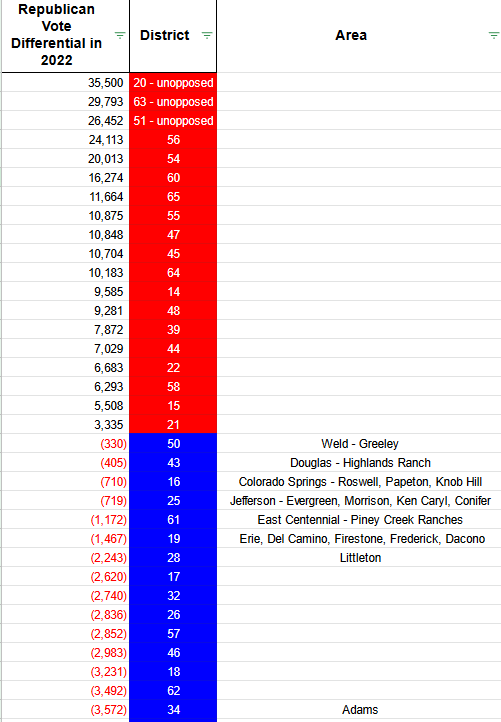
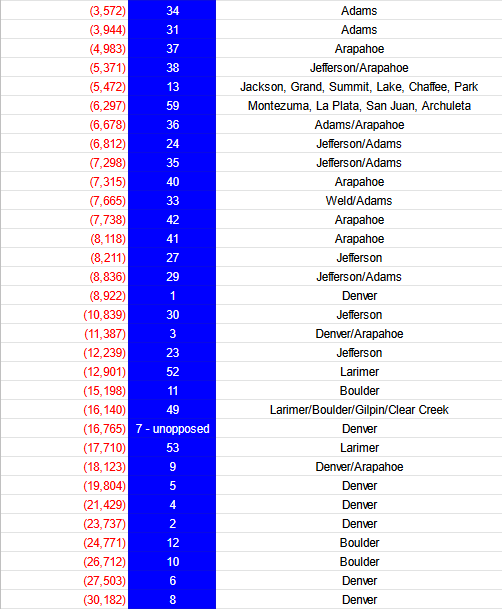
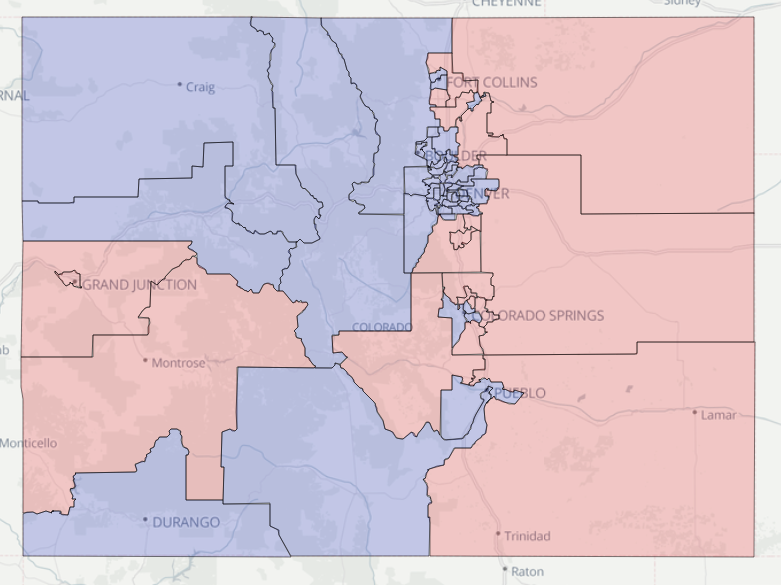
Final Thoughts:
Republicans have a long way to go to gain a majority in the State House. The best strategy is to pick a few key districts that can be changed. I recommend focusing on five seats for the 2024 election.
Picking up five seats would lead to 24 Republican seats. 24 in ’24 should be the battle cry for Republicans.
In 2024, Republicans should focus on House Districts 50, 43, 16, 25 and 61.
Of course, crime is out of control in the Denver area, and the cost of living is skyrocketing. Democrats continue to propose extreme authoritarian legislation. Colorado citizens are under attack by politicians who are attempting to make life impossible for those on the margins. Opportunity is disappearing for many.
Coloradans in these swing districts must also do what they can to push out Democratic voters from their community. Policies that Democratic voters reject should be pursued by Republican officials. If Democrats leave these districts, Republicans will have a better chance of winning.
Republicans have an opportunity to present another vision, and provide solutions to the problems we are all facing.
But they must start now! Democrats in swing districts must be reported on, and Republican candidates need to start their campaigning sooner rather than later. If candidates can focus on becoming a positive force in their communities, they can build name recognition to support their next election.
As I mentioned at the beginning of this article, the 2022 election had 12 campaigns decided by less than 3,000 votes. If the GOP can eventually pickup all these seats, they will still only have 31 seats compared to the 33 Democratic controlled seats. This would do wonders to restore balance to Colorado.
Looking at the locations of the Democratic stronghold districts, it is almost entirely in the Denver metro area. It seems like it’s Denver versus the rest of Colorado. This distinction should be emphasized, and Colorado’s unique geography needs to be part of the conversation with voters.
In the past, I would only support Liberty-Republicans for office, and actively oppose Republican candidates that seemed to be no different than Democrats. And, although I will still continue to primarily support candidates who are more Liberty-minded, I would say that chipping away at the vast Democratic majority is the most important consideration during the next few election cycles.
Looking at the data, spending made an impact on many of these campaigns. Outside spending can be more important than campaign spending with the freedom to change messaging during the election season. To attract donors and strong outside support, candidates must have a solid plan for their campaign.
Looking at the data for these campaigns and the spending involved, consultants and campaign staff should be looking at where they can win. That’s why I put this together, and that’s why I encourage you to start planning now for how you can make an impact in 2024.
The Colorado GOP is at a crossroads. New leadership will soon be elected, and I am hopeful they will be willing to abandon the losing strategies of the past few election cycles and look for new ideas.
Opportunity exists to gain power, but it’s going to take a lot of work, and it’s going to take a new way of thinking.
Will the GOP be up to the task?
That’s up to all of us who value our paychecks, our families, and our freedom.
Leave a Reply Below!
Get the Free State Colorado Email Newsletter:
Follow on Telegram: t.me/FreeStateColorado

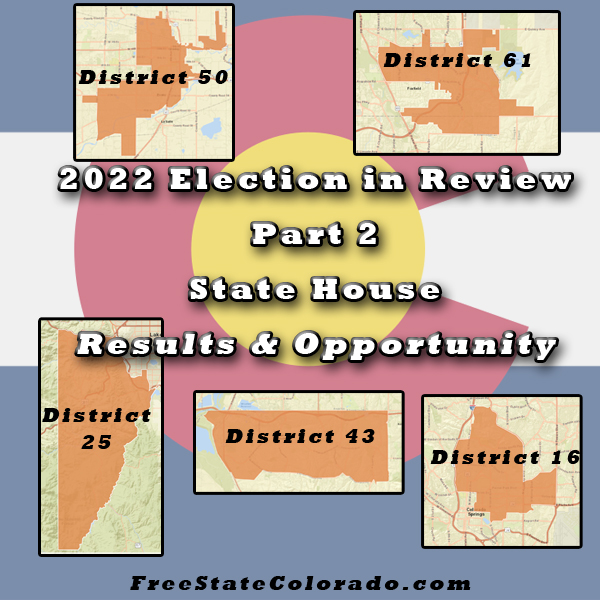
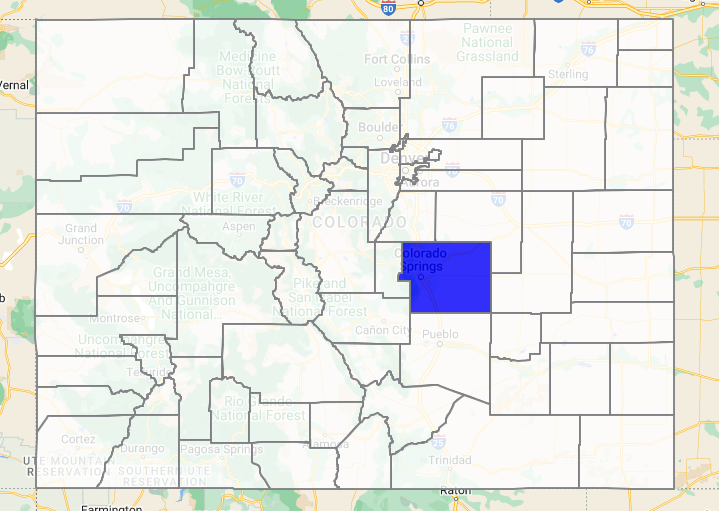


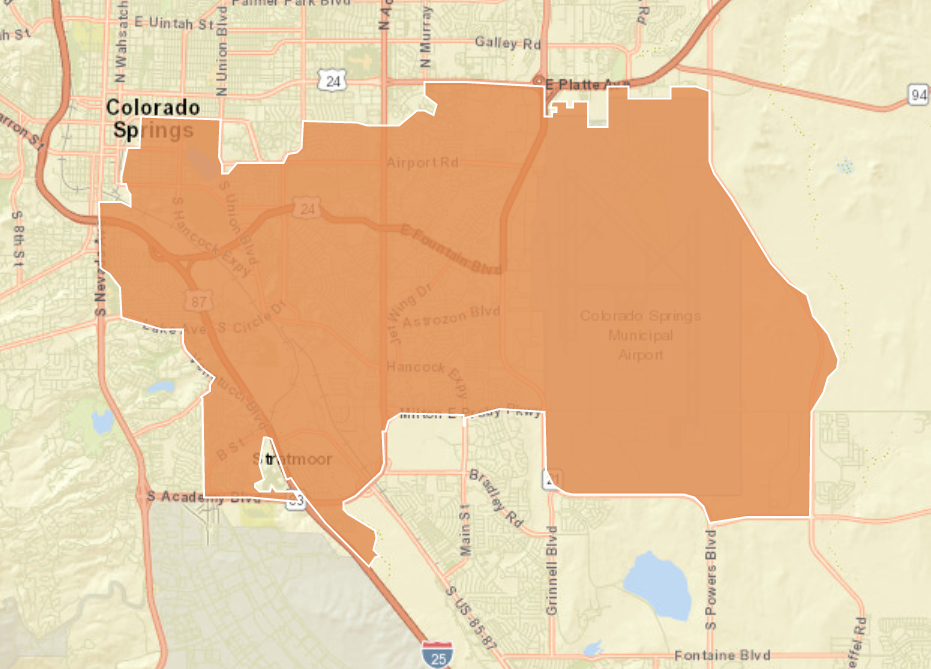
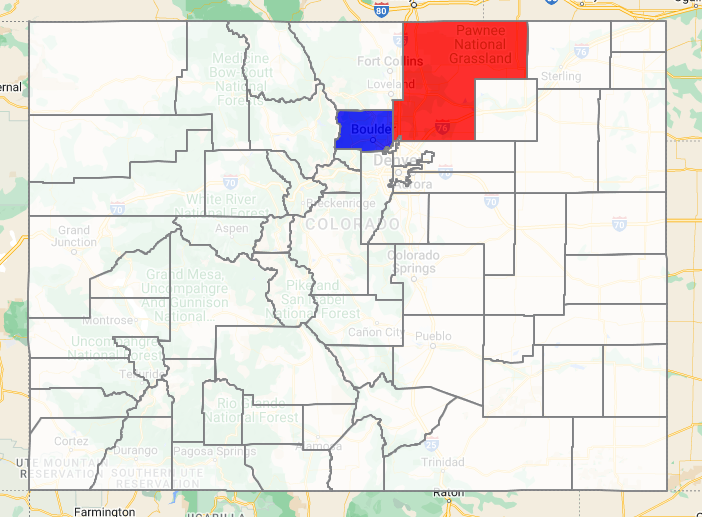

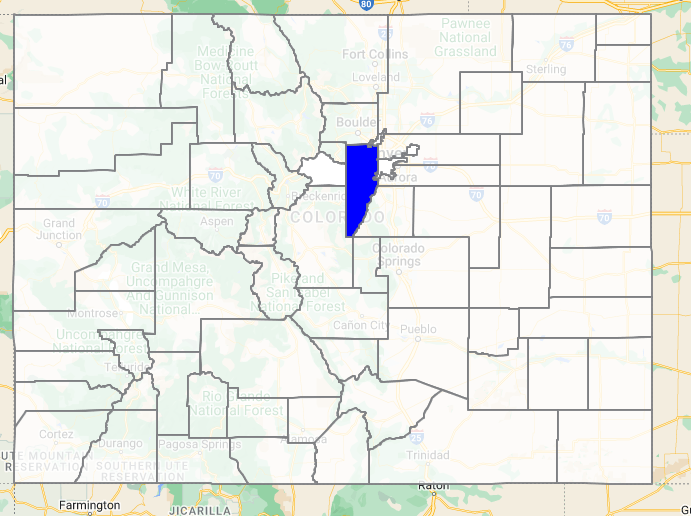
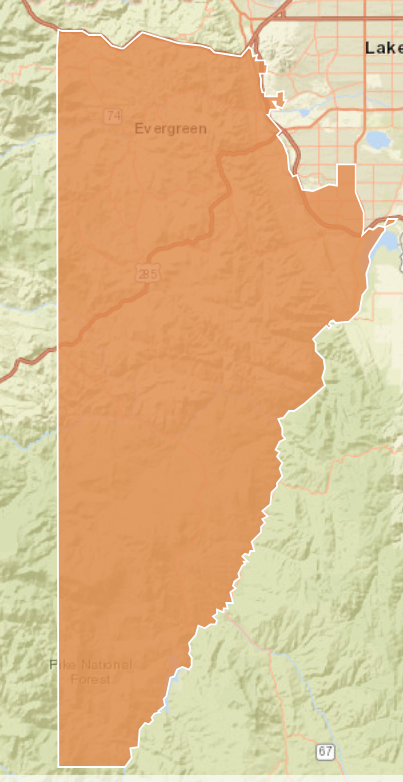
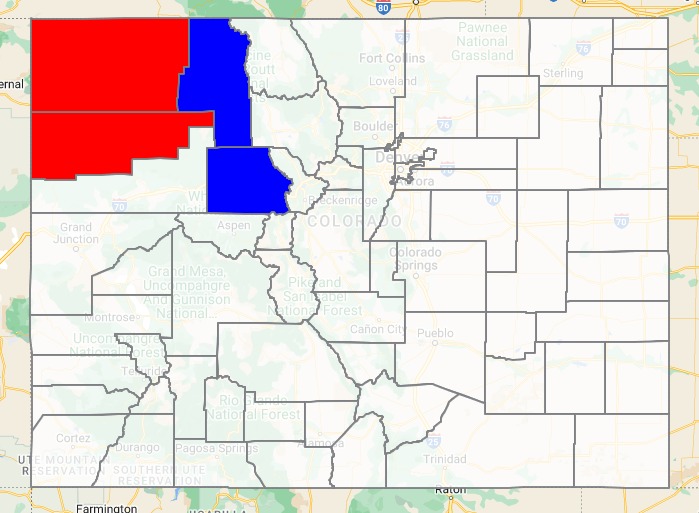

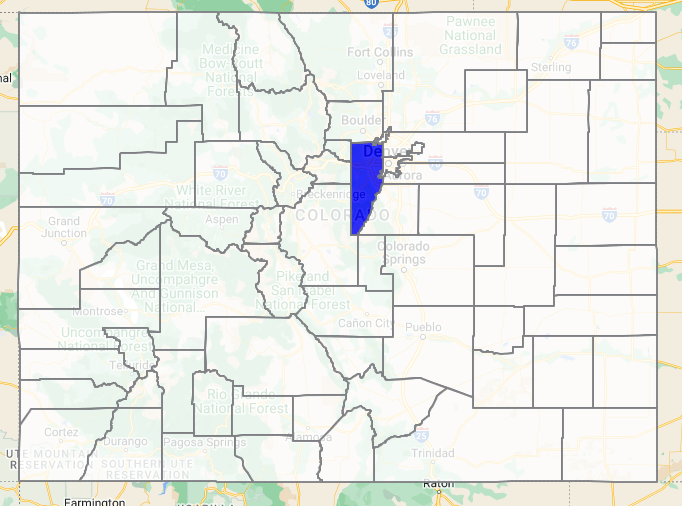
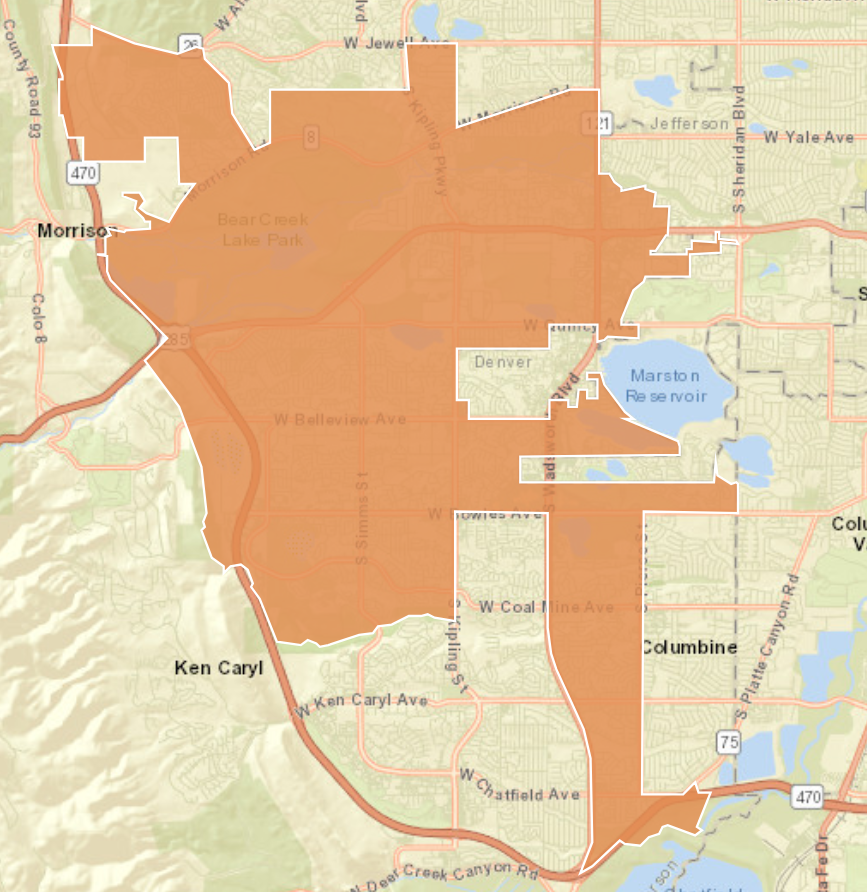
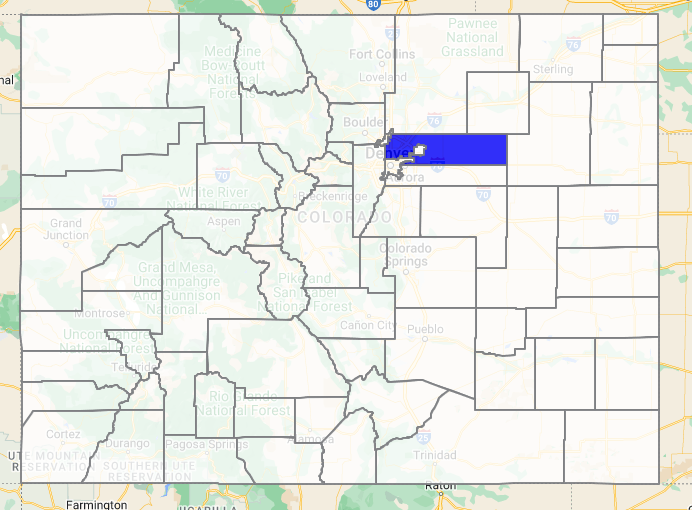

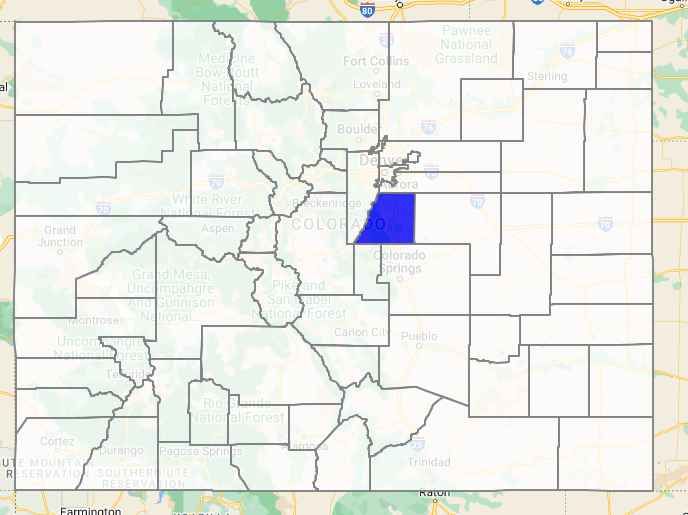
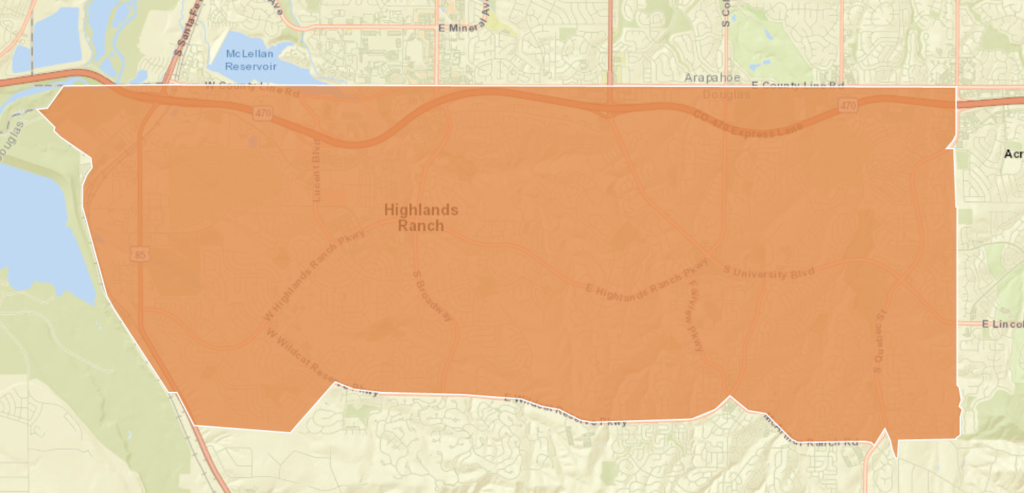
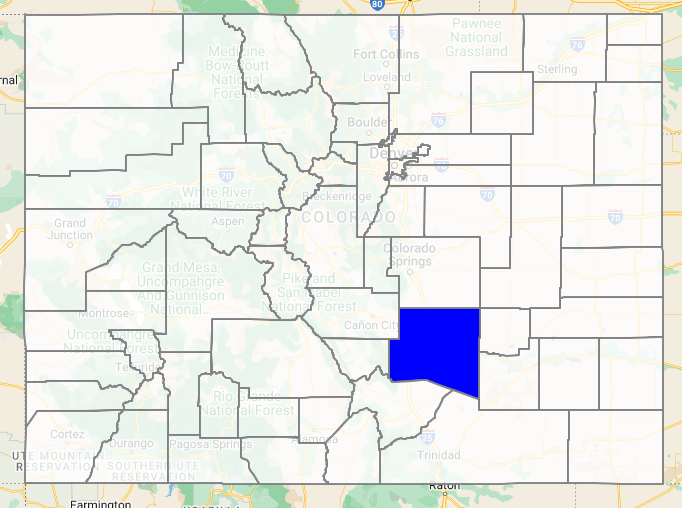
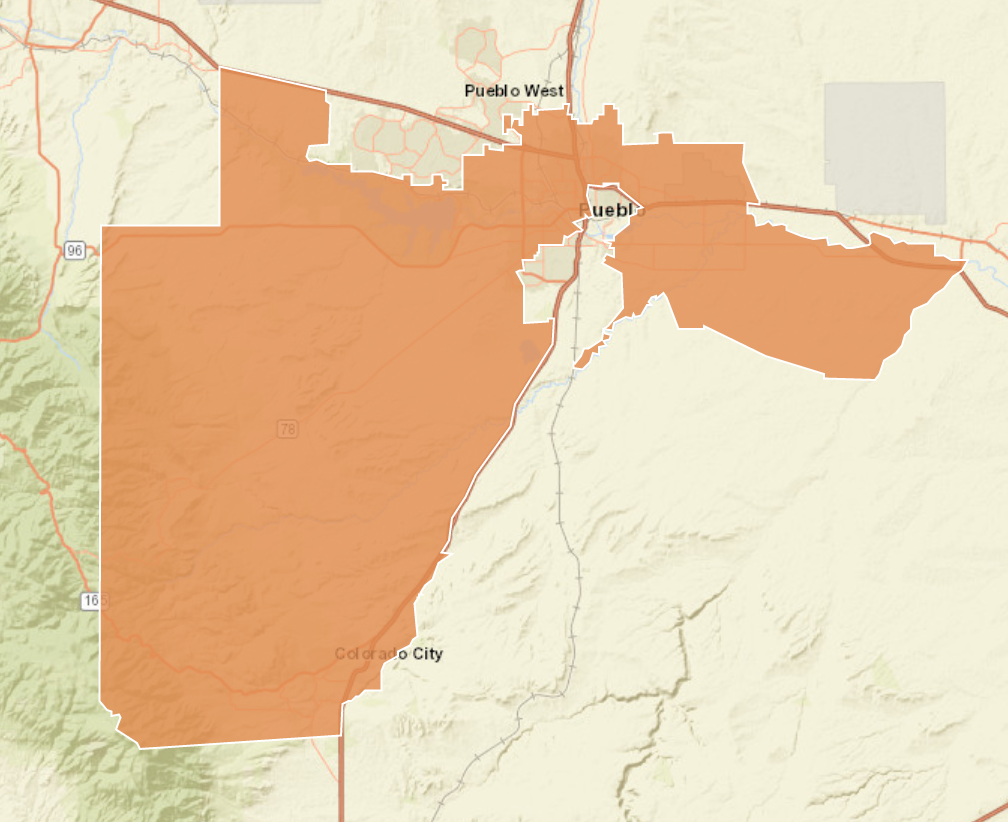

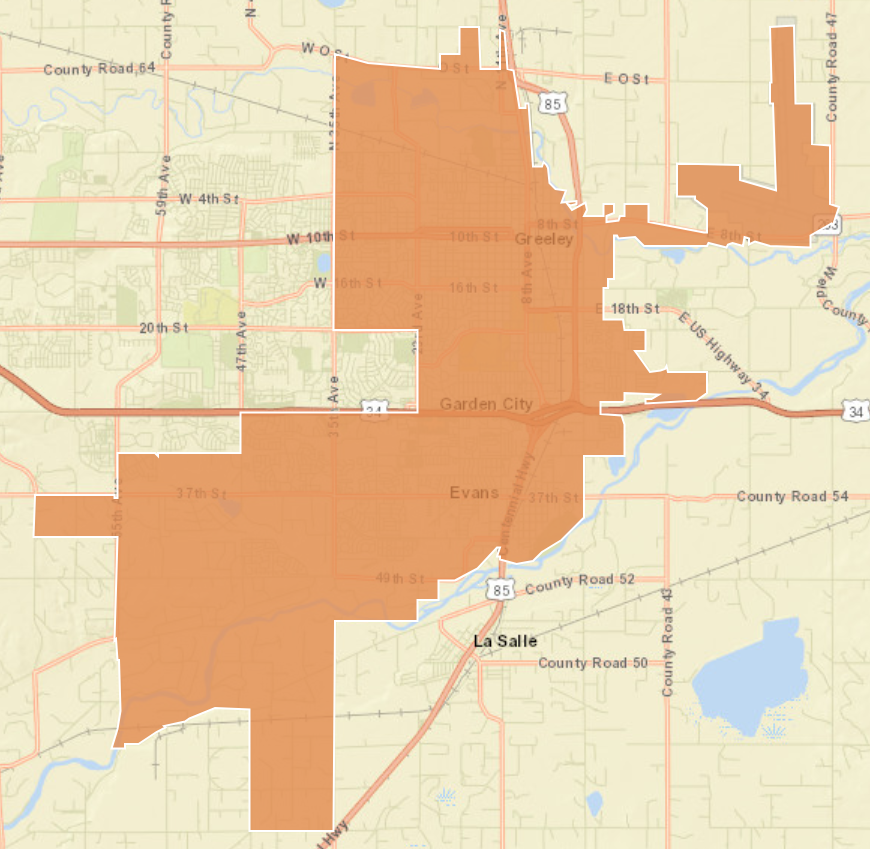
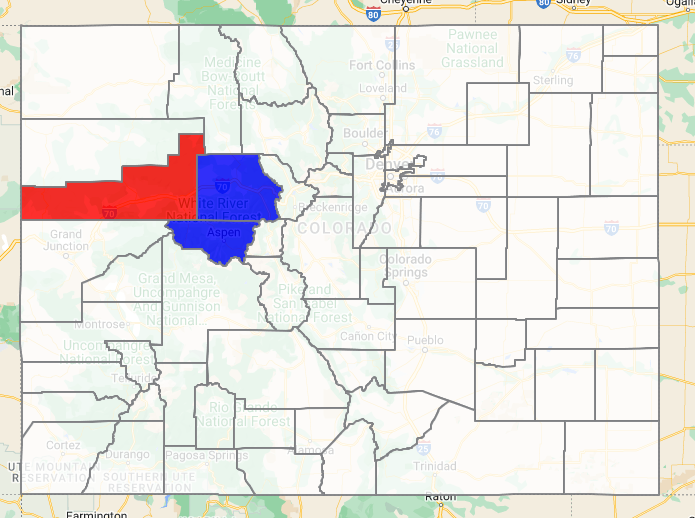
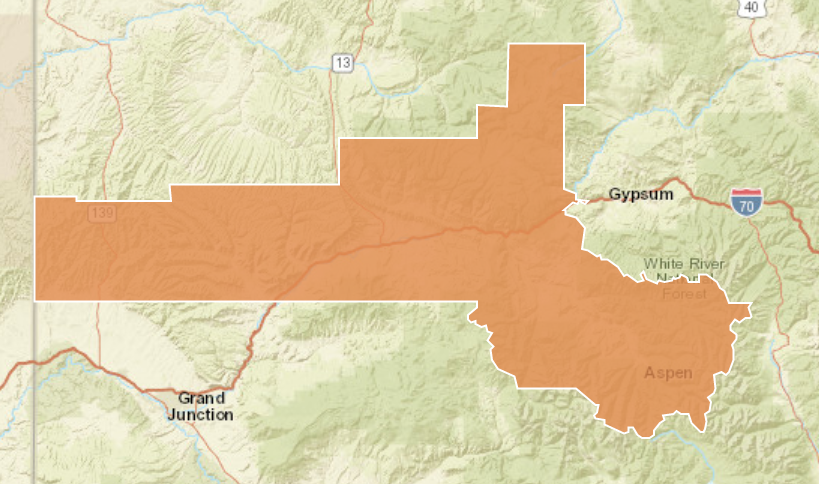




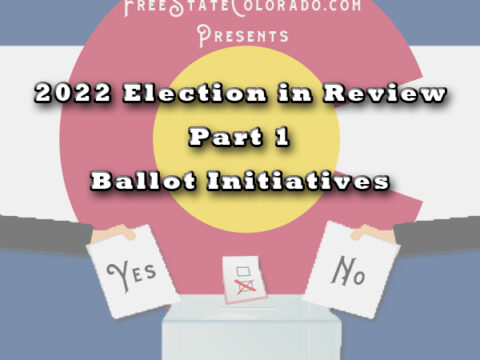

Recent Comments